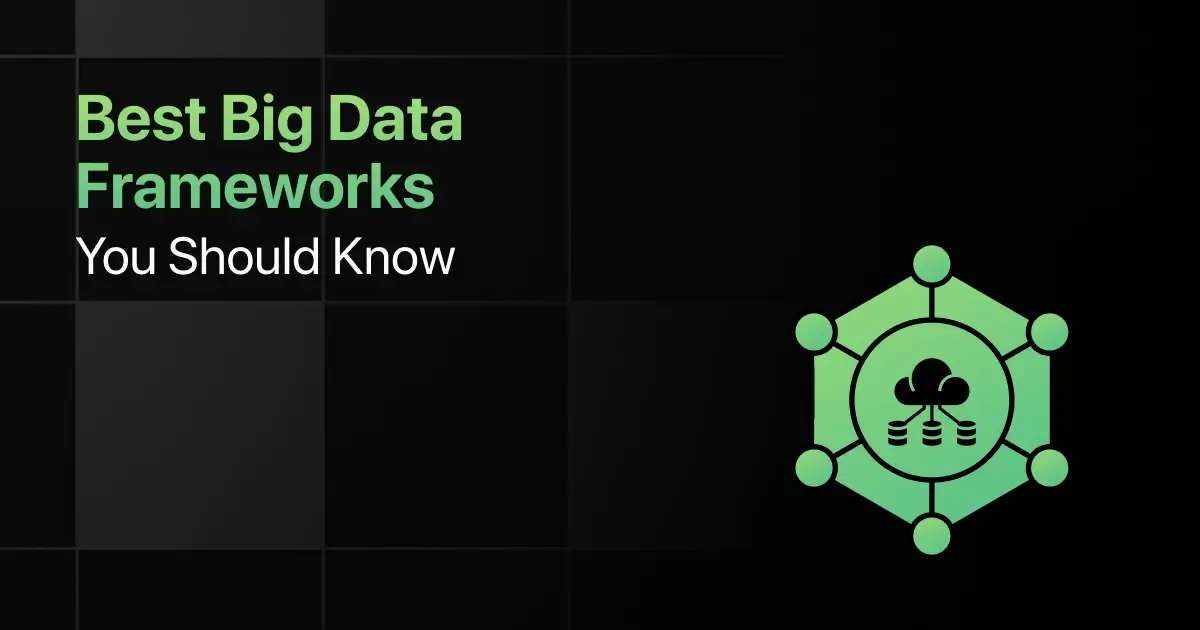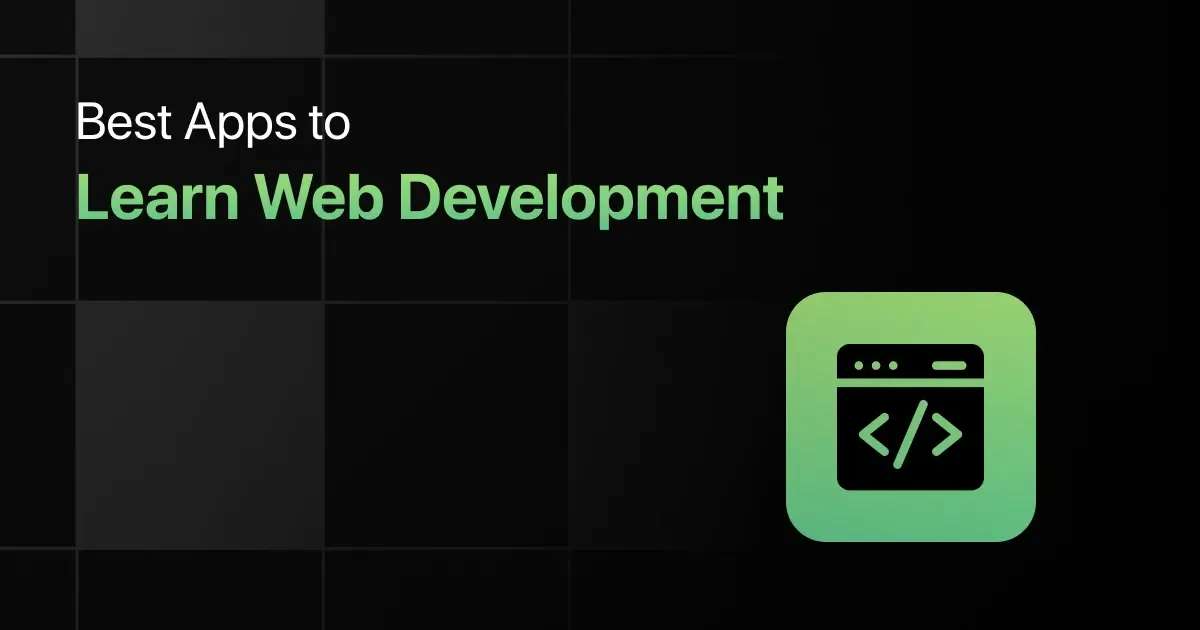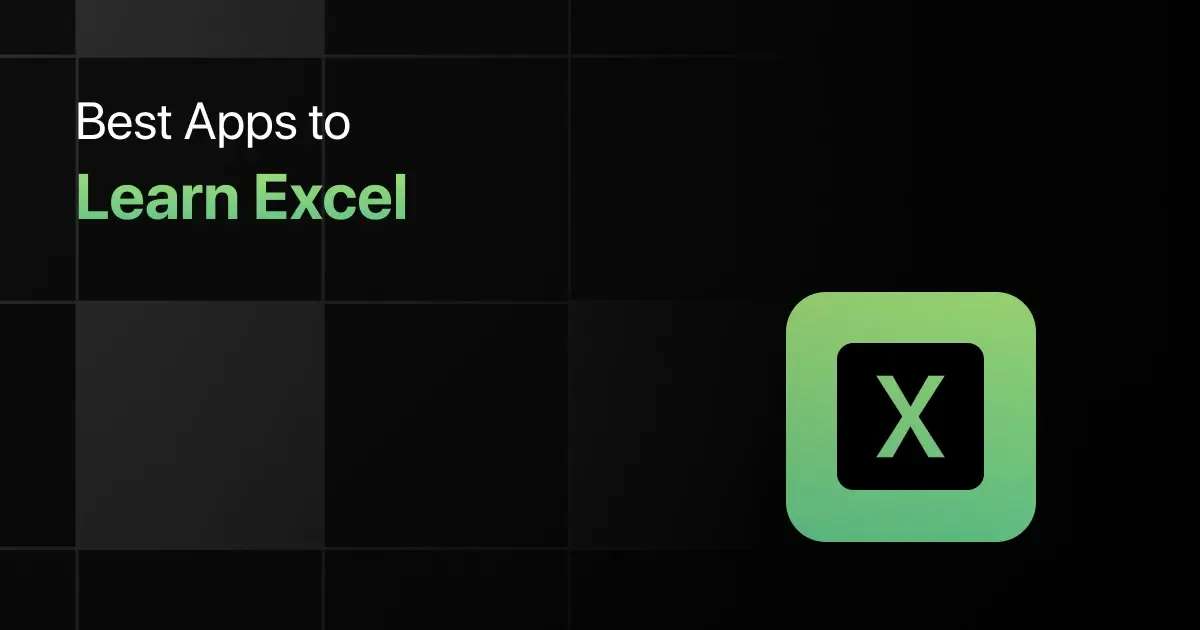Best Big Data Frameworks You Should Know

Big data frameworks are essential tools for developers. They provide a structured foundation to build and manage large-scale data processing applications.
This blog will explore a big data framework list and highlight the unique features of the best big data frameworks and libraries.
If you’re looking for big data frameworks for beginners or aiming to conduct a big data frameworks comparison, this guide has you covered.
Top Big Data Frameworks for Developers – Overview
Here’s an overview of the 10 best frameworks for big data:
| S.No. | Framework Name | Key Features | Ease of Integration | Download Link |
|---|---|---|---|---|
| 1 | Apache Spark | In-Memory Data Processing, Real-Time Stream Processing | Medium | Download |
| 2 | Apache Hadoop | Distributed Storage, Distributed Processing | Medium | Download |
| 3 | Apache Flink | Real-Time Stream Processing, Stateful Computations | Medium | Download |
| 4 | Apache Kafka | Distributed Streaming Platform, High Throughput | Medium | Download |
| 5 | Druid | Real-Time Ingestion, Fast Query Performance | Medium | Download |
| 6 | Apache Storm | Real-Time Processing, Fault Tolerance | Medium | Download |
| 7 | Apache HBase | Scalable and Distributed, Random Real-Time Read/Write | Medium | Download |
| 8 | Elasticsearch | Real-Time Search and Analytics, RESTful API | Medium | Download |
| 9 | Apache Samza | Stream Processing, Fault Tolerance | Medium | Download |
| 10 | Cassandra | Distributed and Scalable, High Availability | Medium | Download |
Most Popular Big Data Frameworks You Should Know
Below are the top 10 big data frameworks you should know:
1. Apache Spark
Apache Spark is an open-source unified analytics engine for large-scale data processing.
It provides an interface for programming entire clusters with implicit data parallelism and fault tolerance.
Popularity:
- Widely adopted in big data projects.
- Preferred for its speed and ease of use.
- Strong community support.
Key Features:
- In-memory data processing
- Real-time stream processing
- Advanced analytics and machine learning support
Learning Curve: Medium
Performance: High performance with in-memory computation
Compatibility:
- Integrates with Hadoop, Kafka, and other data sources.
- Supports multiple languages like Java, Scala, Python, and R.
Ease of Integration: Medium
Use Cases and Industry Adoption:
- Real-time data processing
- Big data analytics
- Machine learning
Job Market Demand:
- High demand in tech and data-driven industries.
- Used by startups and large enterprises.
- Preferred for scalable data processing solutions.
2. Apache Hadoop
Apache Hadoop is an open-source software framework used for distributed storage and processing of large data sets.
It uses the MapReduce programming model.
Popularity:
- Widely used in big data projects.
- Preferred for its scalability and reliability.
- Strong community support.
Key Features:
- Distributed storage (HDFS)
- Distributed processing (MapReduce)
- High availability and fault tolerance
Learning Curve: Medium
Performance: Good performance with distributed computing
Compatibility:
- Integrates with various big data tools like Hive, Pig, and HBase.
- Supports multiple languages like Java and Python.
Ease of Integration: Medium
Use Cases and Industry Adoption:
- Data warehousing
- Batch processing
- Large-scale data storage
Job Market Demand:
- High demand in tech and data-driven industries.
- Used by enterprises and large organizations.
- Preferred for large-scale data processing.
3. Apache Flink
Apache Flink is an open-source stream-processing framework for distributed high-performance.
It is an always-available and accurate data streaming application.
Popularity:
- Growing in popularity for real-time data processing.
- Preferred for its robust stream processing capabilities.
- Strong community support.
Key Features:
- Real-time stream processing
- Stateful computations
- High throughput and low latency
Learning Curve: Medium
Performance: High performance with low latency
Compatibility:
- Integrates with Kafka, HDFS, and other data sources.
- Supports Java and Scala.
Ease of Integration: Medium
Use Cases and Industry Adoption:
- Real-time analytics
- Event-driven applications
- Stream processing
Job Market Demand:
- Increasing demand in real-time data processing.
- Used by tech companies and financial institutions.
- Preferred for low-latency applications.
4. Apache Kafka
Apache Kafka is an open-source stream-processing software platform developed by LinkedIn and donated to the Apache Software Foundation.
It is used for building real-time data pipelines and streaming applications.
Popularity:
- Widely used for real-time data streaming.
- Preferred for its scalability and reliability.
- Strong community support.
Key Features:
- Distributed streaming platform
- High throughput
- Fault tolerance
Learning Curve: Medium
Performance: High performance with scalable architecture
Compatibility:
- Integrates with Spark, Flink, and other big data tools.
- Supports Java and Scala.
Ease of Integration: Medium
Use Cases and Industry Adoption:
- Real-time analytics
- Data integration
- Stream processing
Job Market Demand:
- High demand in tech and data-driven industries.
- Used by financial institutions and tech companies.
- Preferred for real-time data pipelines.
5. Druid
Druid is a high-performance, column-oriented, and distributed data store. It is designed for real-time exploratory analytics on large data sets.
Popularity:
- Popular in real-time analytics.
- Preferred for its fast query performance.
- Strong community support.
Key Features:
- Real-time ingestion
- Fast query performance
- Scalable and distributed
Learning Curve: Medium
Performance: High performance with fast query execution
Compatibility:
- Integrates with Kafka, Hadoop, and other data sources.
- Supports various query languages.
Ease of Integration: Medium
Use Cases and Industry Adoption:
- Real-time analytics
- Interactive data exploration
- Time-series data analysis
Job Market Demand:
- Increasing demand in real-time data analytics.
- Used by tech companies and financial institutions.
- Preferred for fast and interactive queries.
6. Apache Storm
Apache Storm is a free and open-source distributed real-time computation system.
It makes it easy to process unbounded streams of data, doing for real-time processing what Hadoop did for batch processing.
Popularity:
- Popular in real-time computation.
- Preferred for its ease of use.
- Strong community support.
Key Features:
- Real-time processing
- Fault tolerance
- Scalable and reliable
Learning Curve: Medium
Performance: Good performance with real-time processing
Compatibility:
- Integrates with Kafka, HDFS, and other data sources.
- Supports multiple programming languages.
Ease of Integration: Medium
Use Cases and Industry Adoption:
- Real-time analytics
- Stream processing
- Event-driven applications
Job Market Demand:
- High demand in real-time data processing.
- Used by tech companies and startups.
- Preferred for stream processing applications.
7. Apache HBase
Apache HBase is an open-source, non-relational, distributed database modeled after Google’s Big Table.
It is designed to handle large amounts of data across many commodity servers.
Popularity:
- Widely used for large-scale data storage.
- Preferred for its scalability and reliability.
- Strong community support.
Key Features:
- Scalable and distributed
- Random, real-time read/write access
- Consistent and partitioned
Learning Curve: Medium
Performance: Good performance with large datasets
Compatibility:
- Integrates with Hadoop, Spark, and other big data tools.
- Supports Java.
Ease of Integration: Medium
Use Cases and Industry Adoption:
- Large-scale data storage
- Real-time analytics
- Data warehousing
Job Market Demand:
- High demand in data-intensive industries.
- Used by tech companies and financial institutions.
- Preferred for large-scale data storage solutions.
8. Elasticsearch
Elasticsearch is a distributed, RESTful search and analytics engine capable of solving a growing number of use cases.
It is designed for horizontal scalability, reliability, and real-time search capabilities.
Popularity:
- Widely used for search and analytics.
- Preferred for its real-time search capabilities.
- Strong community support.
Key Features:
- Real-time search and analytics
- Scalable and distributed
- RESTful API
Learning Curve: Medium
Performance: High performance with real-time search
Compatibility:
- Integrates with Logstash, Kibana, and other tools.
- Supports multiple programming languages.
Ease of Integration: Medium
Use Cases and Industry Adoption:
- Real-time search
- Log and event data analytics
- Full-text search
Job Market Demand:
- High demand in search and analytics.
- Used by tech companies and enterprises.
- Preferred for real-time search solutions.
9. Apache Samza
Apache Samza is an open-source, near-realtime, asynchronous computational framework for stream processing developed by LinkedIn.
It is designed to process large-scale data streams.
Popularity:
- Growing in popularity for stream processing.
- Preferred for its simplicity and scalability.
- Strong community support.
Key Features:
- Stream processing
- Fault tolerance
- Scalability
Learning Curve: Medium
Performance: Good performance with scalable stream processing
Compatibility:
- Integrates with Kafka, HDFS, and other data sources.
- Supports Java and Scala.
Ease of Integration: Medium
Use Cases and Industry Adoption:
- Real-time analytics
- Stream processing
- Data integration
Job Market Demand:
- Increasing demand in real-time data processing.
- Used by tech companies and startups.
- Preferred for scalable stream processing applications.
10. Cassandra
Apache Cassandra is a free and open-source, distributed, wide-column store, and NoSQL database management system.
It is designed to handle large amounts of data across many commodity servers with no single point of failure.
Popularity:
- Widely used for distributed data storage.
- Preferred for its scalability and fault tolerance.
- Strong community support.
Key Features:
- Distributed and scalable
- High availability
- Fault tolerance
Learning Curve: Medium
Performance: High performance with large datasets
Compatibility:
- Integrates with Hadoop, Spark, and other big data tools.
- Supports multiple programming languages.
Ease of Integration: Medium
Use Cases and Industry Adoption:
- Distributed data storage
- Real-time analytics
- High-availability applications
Job Market Demand:
- High demand in data-intensive industries.
- Used by tech companies and financial institutions.
- Preferred for scalable and fault-tolerant data storage solutions.
Frequently Asked Questions
1. What are the best Big Data frameworks to use?
The best big data frameworks to use are:
- Apache Hadoop
- Apache Spark
- Apache Flink
- Apache Kafka
- Druid
2. What key features should I look for in a Big Data framework?
The key features to look for in a big data framework are scalability, fault tolerance, real-time processing capabilities, and ease of integration with other data systems.
3. Which Big Data frameworks are easiest to learn for beginners?
Apache Hadoop and Apache Spark are the easiest big data frameworks to learn for beginners.
4. What are the common use cases for different Big Data frameworks?
Common use cases include batch processing (Apache Hadoop), real-time analytics (Apache Spark), and stream processing (Apache Kafka).
5. What are some lightweight Big Data frameworks for rapid application development?
Some lightweight big data frameworks for rapid application development are Apache Flink, Druid, and Apache Kafka.
6. Which Big Data frameworks are used by top companies?
Top companies use Apache Hadoop, Apache Spark, and Apache Kafka for their robust data processing and analytics needs.
7. What is the job market demand for skills related to Big Data frameworks?
There is a high demand for skills related to Apache Spark, Apache Hadoop, and Apache Kafka in data engineering and analytics roles.
Final Words
For beginners, starting with the recommended big data frameworks in this blog can ease your learning curve.
Mastering the top 10 big data frameworks will equip you with the knowledge and tools to build scalable data processing applications.
Explore More Big Data Resources
Explore More Frameworks
Related Posts


Best Apps to Learn Web Development
Ever thought about building your own website or launching a career in tech but don’t know where to start? With the …









